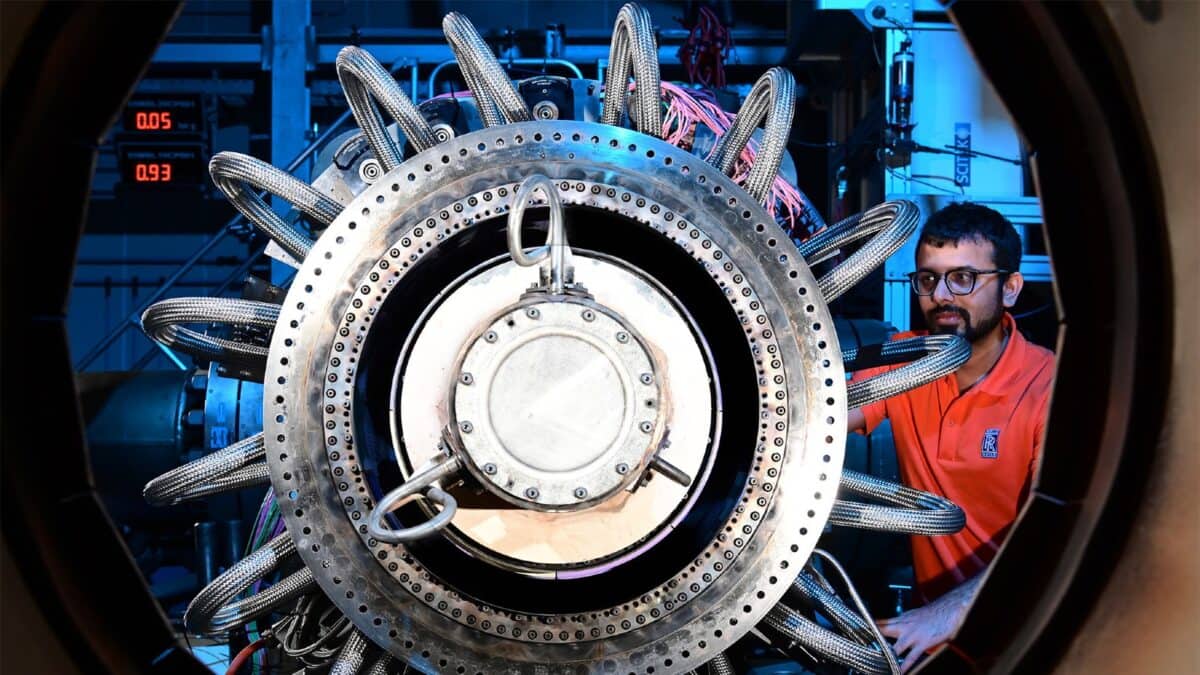The Rolls-Royce (LSE: RR.) share price is still over £3, having nearly tripled in value over the past 12 months.
After such a rise, some investors may buy the stock simply to try to avoid missing out on further gains. Others may avoid the shares, waiting for a drop in price before they buy, if they do at all.
In my view, neither approach is right in the context of long-term investment. The only question I ask myself in this situation is whether value is still left in the stock.
Should you invest £1,000 in Rolls-Royce right now?
When investing expert Mark Rogers has a stock tip, it can pay to listen. After all, the flagship Motley Fool Share Advisor newsletter he has run for nearly a decade has provided thousands of paying members with top stock recommendations from the UK and US markets. And right now, Mark thinks there are 6 standout stocks that investors should consider buying. Want to see if Rolls-Royce made the list?
If the answer is ‘yes’, then I will consider buying it.
Is there value left in the share price?
Just because a stock has risen sharply in price does not mean it is overvalued. The company may simply be worth more now than it was before.
In fact, it could well be worth even more than the current share price reflects.
Rolls-Royce currently trades on the key price-to-earnings (P/E) ratio measurement at 16.1. This is by far the lowest in its peer group, which has an average P/E of 37.5.
The group comprises BAE Systems (at 18.8), Honeywell International (22.7), RTX Corporation (37.5), and Babcock International (71.1).
On this measure, Rolls-Royce shares look very undervalued.
A discounted cash flow model shows them to be around 62% undervalued at the present price of £3.18. A fair value would be about £8.37.
This does not necessarily mean that the shares will ever reach that level. But it does underline to me again that they are very good value indeed.
Is the business on a strong uptrend?
Rolls-Royce understands that it must ‘upgrade’ its business to effect a major upward revaluation of its shares. At its Capital Markets Day on 28 November, it said a key target was achieving that investment-grade profile.
This gives a company an elite status in global markets, allowing it greater and more preferential access to capital. The new capital can then be used to drive greater growth.
Rolls-Royce is currently rated BB+ by Standard & Poor’s ratings agency – one rung below investment grade. Moody’s agency rates it Ba2 – two rungs below investment grade.
To this end of upgrading its business, December saw it unveil financial targets to be achieved by 2027. These include £2.5bn-£2.8bn in operating profit, a 13%-15% operating margin, and a 16%-18% return on capital.
It also aims for free cash flow of £2.8bn-£3.1bn by that time. This cash pile can provide another major boost to growth.
One risk in the stock is that another pandemic would cripple its civil aerospace revenues (comprising 43% of its business). Additionally, a major problem in any of its key defence sector products would be very costly to it.
Will I buy it?
Provided that I can see value remaining in a stock, it is never too late for me to buy it.
Investing for the long term allows a company time to realise this value. It also allows for the flattening out over time of any short-term shocks seen in a market or individual stock.
I see such value in Rolls-Royce, meaning that I would usually buy the stock.
However, I already own shares in another company in the sector — BAE Systems – so buying Rolls-Royce would unbalance my portfolio.








